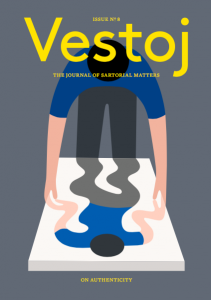CELINE, ACNE STUDIOS, MSGM. Loewe, Chanel, Moncler.
It’s a swamp outside, but in here it’s Autumn/Winter 2017: brightly lit, well-climatised, vaguely perfumed. A speaker on a white desk hums. A shop girl wearing a breathing mask squints a smile. I stroke an iridescent nylon parka, a burgundy knit turtleneck, a razor-sharp satin mule. I lose track of time, exchange rates, exactly how I came to be here, fingering the tag of a powder-pink coat…
Chloé, the tag reads, and the glossy bump of the accent aigu is convincing. But then a suitcase bangs down a flight of stairs, and I remember where I am.
‘I designed it,’ Ms. Fen says. ‘But they’ll buy it if the tag says Chloé. The cut, the fabric, was my idea.’ The coat is made of silk the texture of butterfly wings. It costs 750 yuan, about $110.
Ms. Fen, a wholesaler, has glossy black hair and nails. She is twenty-eight years old. When we meet, she pulls up in a white Aston Martin, pristine except for a crack on the right rearview mirror. She is wearing an assortment of beautiful clothes: distressed jeans, a négligée tank, a forest-green Chanel bag. She’s aware of what this all conveys. ‘People see me and feel envy. But they don’t know what I went through to get here.’
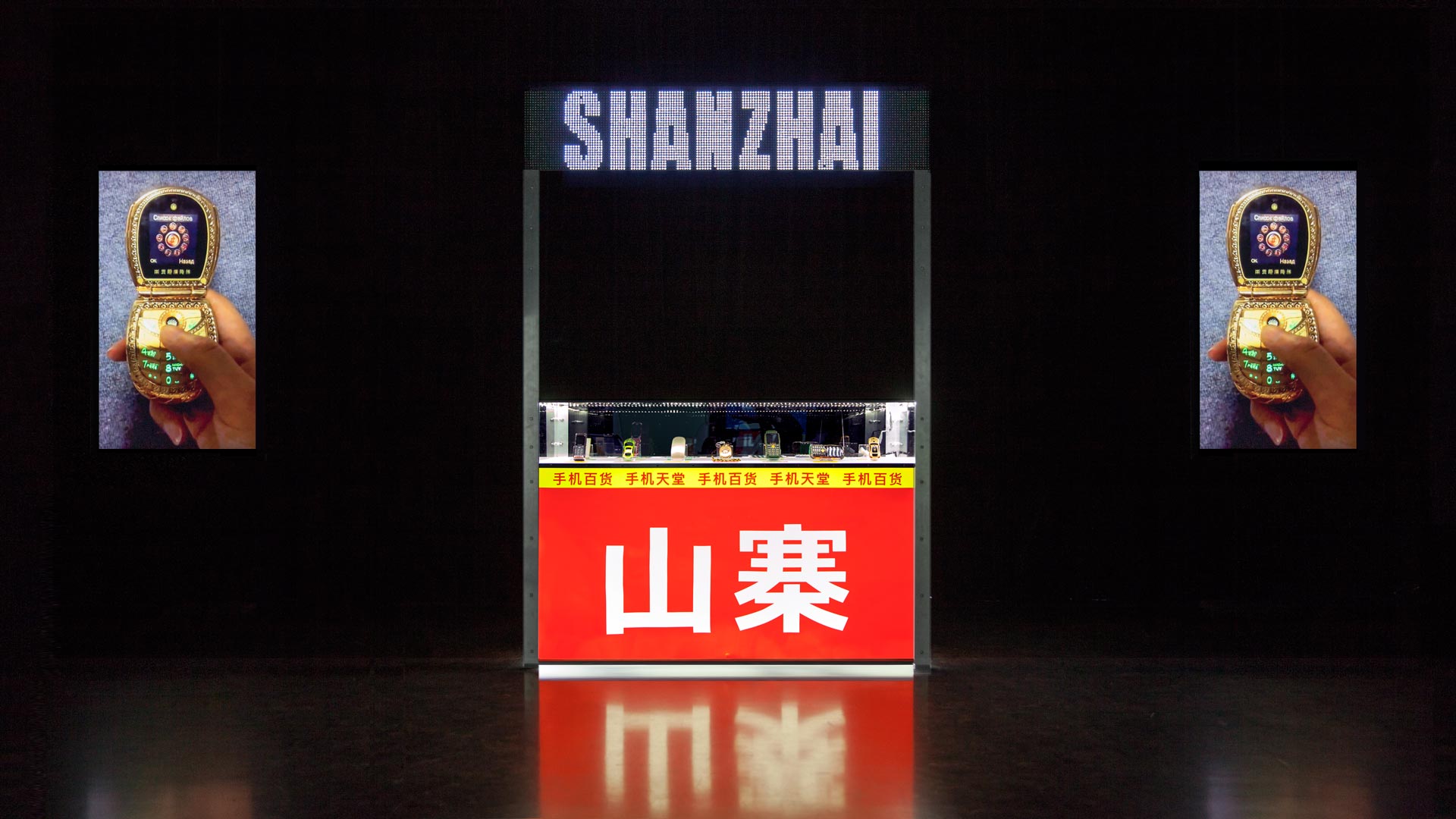
I, magazine writer and emissary of New York City’s fashion industry, show up in a T-shirt and cargo pants, accessorised with a ripped plastic bag. But it doesn’t end up mattering, because Ms. Fen and I speak a common language. ‘Yeah, yeah yeah yeah! Like, Gucci before was half dead,’ she says, rapping her nails impatiently against a rack. My translator hears the word as Fucci, but I know what Ms. Fen meant.
‘So they hired all these stars to make them known in the Chinese market, but it’s people like me who give them brand awareness,’ she continues. ‘We adjust the clothes and make them more consumer friendly. The public is more powerful than the stars. My business is helping your business.’ She rolls her eyes, as if this is obvious to everyone.
Ms. Fen is a pseudonym. She sees counterfeiting as an underappreciated art, but knows that to China’s government it’s a crime, no matter how creatively it’s pulled off. The brands who lobby for anti-counterfeiting laws and fund raids on shops like hers agree. Their narrative goes like this: made of inferior materials, sold in second-rate stores, fakes smother cultural ingenuity with swaths of Prado polyester. Which, if you ask Ms. Fen’s opinion, isn’t exactly fair. Take this sweater. Unlike the Chloé coat, it is based on an actual Alexander Wang design. ‘The wool was scratchy,’ Ms. Fen says. ‘So I developed my own knit and added more cotton to the fabric. In the end, mine is nicer to wear.’
Hers is one of several thousand stores in the South Oil Wholesale Market Complex in Nanshan District, Shenzhen, China. If the inside of her building is like a basement Bergdorfs, all corners and cashmere and hidden escalators and fur, the outside is like the nearby factories from where the clothes came: spartan, indistinct. Not all vendors in the market sell fakes. Guangdong, the province which encompasses Shenzhen, is the biggest garment-producing region in the biggest garment-producing country, exporting to nearly every other place in the world.1 Copies are only a fraction of its output, although how big a fraction depends on how you define a copy. Ms. Fen takes us through the maze. We pass kid-size replicas of designer streetwear. We pass a fake Gucci based on real Gucci based on fake Gucci (more on that later). We pass piles of identical logoless sweaters, onto which the tags of dozens of brands with no relationship to one another will one day be sewn. Outside, we pass a Starbucks franchise. Another.
‘All brands steal from each other,’ Ms. Fen says, rapping on the wheel. ‘We’re only one part of the food chain.’
I’m in Guangdong because it seems like a place where the chain’s links converge. In a year, the province exports 2.21 billion pairs of shoes. It produces 6.635 billion pieces of clothing.2 Within global fashion’s inscrutable supply chains and recursive inspiration boards and references that ricochet across space and time, most trends pass through here momentarily, on their way somewhere else.
Shenzhen, in its current incarnation, is not quite forty years old; the city was, in 1980, modern China’s first Special Economic Zone, through which the country opened to global capitalism. Guangzhou, 120 kilometres away, was a trade hub of another era, of three-masted ships and porcelain vegetable tureens destined for Massachusetts and the Netherlands, onto which anonymous artists painted the city’s white portico merchant buildings.3 Two hundred years later, I visit a wholesale district still teeming with export ephemera. I’m not here to shop, although resisting is difficult.
It’s not just that there are beautiful things. There are also ugly things, soft things, prickly things, shiny things. There is basically every kind of thing, right at your fingertips, and it’s probably cheap, but you have to hunt it down. At New China Plaza, a fashion wholesale market in a twenty-story glass tower, I find a thing that I want very much, in a stall demarcated only by an alphanumeric code. It smells of chemicals and is wrapped in a cocoon of packing tape, and when I unearth it, I must act quickly (and take a minimum of five), because tomorrow, a new bundle of things will arrive from a factory on the back of a sweating teenager, and that thing that could have altered the course of my life – you never know! – will be gone.
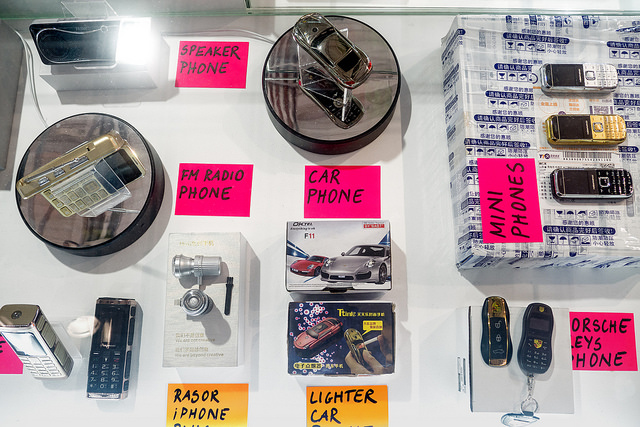
My translator doesn’t really get why I want this thing. It is a T-shirt advertising a Harley Davidson store in Yonkers, NY, ‘Designed by Korea,’ according to its tag. There is a picture on it too, of an androgynous skateboarding youth. Seoul is 2,069 kilometres away. Yonkers is 12,845 kilometres away. The text is perfectly replicated, down to the street address, except for one digit in the phone number, which is actually a letter. The vendor, whose factory produced the shirt, wonders if I’ve ever been to Yonkers. No, I tell her, and pay.
A Chanel store is a few kilometres away, in a luxury mall. In it, you can breathe perfumed air and try on ballet flats. In different mall nearby, there is a concept store, where you can buy a copy of Vestoj. There are two Zaras within a taxi’s distance, where you can dig through the racks and, once in a while, unearth something sublime. That, too, is a kind of hunt, although I prefer the one in the tower.
A European fast-fashion brand with annual sales in the billions of dollars has factories near Guangzhou, and I interview someone who works for one of its suppliers. The employee asks me not to use her nor her company’s name. She believes that the company would not want the following practice public, even though she argues it is widespread. ‘The hardest and most expensive part about designing a shoe is to develop its mold. But if you have the shape already, you can do it easily.’ When this company wants to replicate a Balenciaga shoe, it will create a mold using the shape not of an original from the Balenciaga store, but of a fake from someone like Ms. Fen. ‘Guangzhou is the best place for fakes,’ she says. ‘And they have contacts of the people doing the best ones, so they just call them up. There’s no need to go to Balenciaga.’ So it’s a copy of a copy? ‘Yes,’ she says.
In China, trademark law protects registered logos and brand names, like the word ‘Balenciaga.’ The shape or colour or texture of a design is difficult to patent. To do so, the design must be totally novel, never before seen in the consumer market in China or abroad.4 And what design is ever totally novel? At a factory in Foshan, a city just west of Guangzhou, Fu Shi Cai, a manufacturer for menswear brands in Russia, Denmark, and Germany, describes the process of adopting other brands’ shoe design as a kind of translation. ‘All footwear trends come from Italy,’ he says. ‘But no two country’s feet are alike.’ Fu’s company, Kaitai Shoes, buys samples in Italy and France, from Ferragamo and Yamamoto, then takes them back to China to study them. They perform chemical tests and examine the materials, then make their own permutations, tailored to clients’ preferences. ‘European feet are longer, with a narrower instep,’ he points out. ‘Germans prefer conservative colours. Russians feet have a thick instep, but shorter feet.’
We walk through his florescent-lit factory floor. A hundred workers, mostly middle-aged women, sit at tables, working on sewing machines. They are wearing blue aprons, and a few of them have high heels, I notice.
‘Where do trends come from before they come from Italy?’ I ask Fu.
He thinks for a moment. ‘A great man, a star.’
‘Where does the star get it from?’
‘He gets it from the trend,’ Fu says. ‘It’s like a full circle.’
(Later, my translator tells me that the circle simile was actually hers, not Fu’s. Translation is a kind of imperfect copying, she says. ‘It’s like I’m having two conversations at once.’)
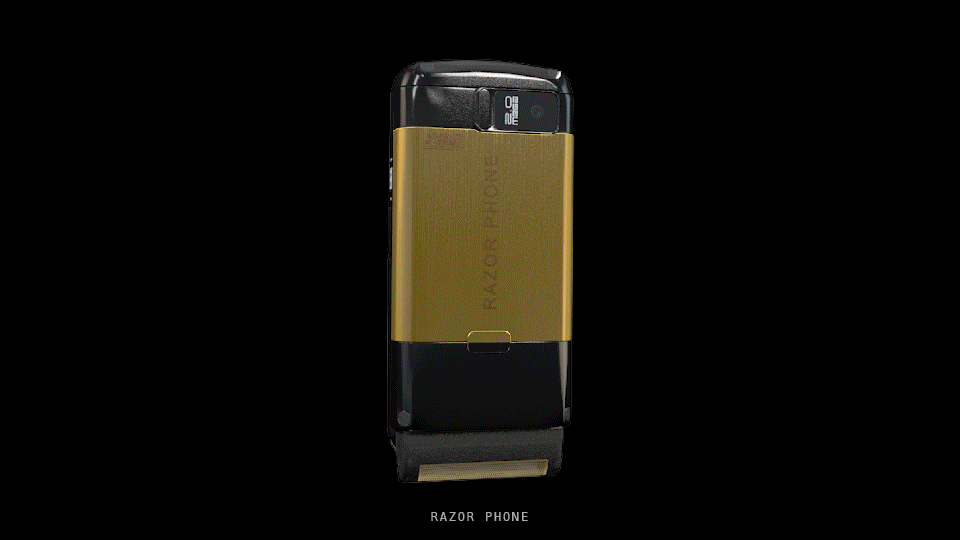
In Shenzhen, I have lunch with Ms. Fen, at a restaurant she’s opened the night before. We eat spicy crayfish, a dish from her hometown in Northeast China. The restaurant is a hobby, she says; wholesaling is her main business. Soon, she wants to start an original brand, using money from counterfeits to fund it. ‘I pay attention to good designs, I know I could come up with them.’
Ms. Fen’s parents were construction workers. They recently retired, and she now supports them financially. When Ms. Fen first came to Shenzhen, she had no job and no savings. But she had always been good at shopping, and she had an instinct she could start a business. ‘I studied fashion design in school, and then I worked in a store in a market in Zhejiang,’ a province near Shanghai. Most of the clothes at that market were from Shenzhen, she noticed. When she arrived in Shenzhen, she took pictures of the clothes at the markets, and sent them to her contacts in Zhejiang. ‘They’d say I want this piece for two hundred, and I’d order it.’
Ms. Fen now has twenty employees and three stores. Her goods are produced in collaboration with four to five workshops, mostly around Shenzhen. They are a reflection of her taste. ‘I’ll go to Paris for ten days, and spend eight visiting big brands’ stores. And so I have a very clear concept of their characteristic. For instance, this is very Miu Miu.’ Ms. Fen points at my translator’s dress. ‘When I’m in China, I visit the fabric markets, and I know from memory that this is really good for a certain brand.’ She also buys pieces in the stores to wear herself – which, maybe later, she’ll decide to copy. On a recent trip to Hong Kong, she went shopping at Balenciaga; on a trip to Paris, she bought a Burberry mini skirt, the replica of which now hangs in her store. ‘The price of the original is fair,’ she says. ‘Those stores have a lot of outlets, and they spend money on fashion weeks. I can accept that a piece of clothing costs $1,500. But not everyone can afford it.’ Ms. Fen’s clients are in China and Korea and Indonesia, some of them retail stores, some of them wholesalers. They know that Ms. Fen’s clothes aren’t real. ‘But they want good designs, too.’
In a busy month, Ms. Fen’s stores sell about 12,000 pieces, priced between 200 and 1000 yuan, or $30 and 150. This means in a busy month revenues approach $1 million. Globally, no one knows exactly how much counterfeiting grosses, although trade groups estimate the value of the annual trade at around half a trillion dollars.5 They also spend undisclosed millions to fight it. For years in China, a primary means to combat counterfeiting in fashion was by initiating raids against trademark infringers, says Alexandre Gapihan, now an attorney, who worked between 2008 and 2012 as a client manager for China-based intellectual property law firms, with clients comparable to Coach and Louis Vuitton. But the raids on factories and markets like the one where Ms. Fen works were never cost effective. ‘You might walk away with a hundred bags, and you just paid $10,000 for the policemen,’ he says. ‘Sellers are very nimble, and companies became disillusioned.’ Lately, he says, more brands are turning to artificial intelligence to monitor listings on online wholesale sites for fakes.
Ms. Fen has concerns about the illegal nature of her business. But because she copies what she considers niche brands – Acne Studios and Chloé and Alexander Wang, instead of Gucci and Louis Vuitton – she doesn’t see herself as a target, compared to some of the other vendors in her market. ‘But absolutely, worst case scenario would be that the whole market gets shut down,’ she says. ‘That’s why I want to open a company doing original designs. I want to transform my business model.’ Originality is this counterfeiter’s dream. The style of the clothes would continue to be her taste: ‘Casual, not so feminine, and low key, not with logos on everything.’ But the volumes would be lower, and the price higher. Ms. Fen is currently renovating an office in which she intends to host her new company and hire designers. But she fears original clothing will never be as profitable as counterfeits. Sometimes, Ms. Fen feels very tired. While she’s falling asleep each night around 2 am, thoughts about samples, promotions, and teaching her sales staff how to merchandise styles crowd her mind. The reality of the fashion business is this: ‘Consumers believe in brands,’ she says, glumly.
One morning in Guangzhou, I meet a woman who goes by the nickname Vivi, and who embodies faith in brands. She wears tiny slivers of tape over her eyelids to create a crease, and clutches three iPhones with manicured fingers. Vivi is twenty-six, and an internet celebrity on Taobao, China’s largest e-commerce platform. Her company of twenty employees makes and sells clothes inspired by Chanel’s and Dior’s, some 10,000 units for a hit product. They are not counterfeits, but ‘the feeling that you get when you first see them, is that this is very Chanel,’ she explains. Vivi is her company’s owner as well as its model, and she can afford real Chanel. Sometimes she drives her Mercedes SUV to the luxury mall in town, trying on clothes to buy or to use as reference samples. ‘I might change a button, or I might only keep a button.’
Vivi gets most of her ideas not at Chanel, but at New China Plaza, the twenty-story tower of fashion Babel, in Guangzhou. One day, we visit, and she orders dresses, five units of each size, at $15 a piece, from a stall. Amid the rip of packing tape, the mountains of factory deliveries, the lingering odour of plastic, the dresses give off no strong feeling. Online, where she’ll sell them for $22, they become more than thread and seams. Vivi pairs them with real Chanel handbags and bashful smiles, café lunches and strolls on vaguely foreign streetscapes. In some photos, she’s in a Seattle coffee shop, in others, a Seoul pizza restaurant or a Parisian hôtel particulier. I realise eventually that these streetscapes are sets, and start to notice other details. The grass is a glaring green, the sky more crystalline than the one outside.
Brands mask how clothes are made. ‘That which withers in the age of mechanical reproduction is the aura of the work of art,’ wrote the philosopher Walter Benjamin, about the impact of photography on twentieth century visual culture. He could have been writing about clothing. For Benjamin, an aura was a kind of patina – a dressmaker’s fingerprints, the texture of handspun wool – that situated an object within space and time. Mass-produced fashion bears no trace of its birth or of its life cycle, of the manufacturers and markets and container ships through which it passes on the way to acquiring meaning. It does so through a brand. Brands are auras of our age, stitching together discrete objects into abstractions of coolness, nostalgia, elegance. This is as true for Chanel as for its Taobao imitators. Its fashion is sewn in ateliers, its salesmen versed on the provenance of textiles, but what authenticates an object as Chanel is something less concrete. It’s our idea of Chanel, of orchestras and dancing models and Tilda Swinton air kisses, Saudi princesses and ostrich feathers and jacquard wallpaper. In the stores, there are no orchestras – or ateliers – but there are racks, on which a dress might retail for $4,000, for no reason other than that the people who can afford to believe the fiction, do.
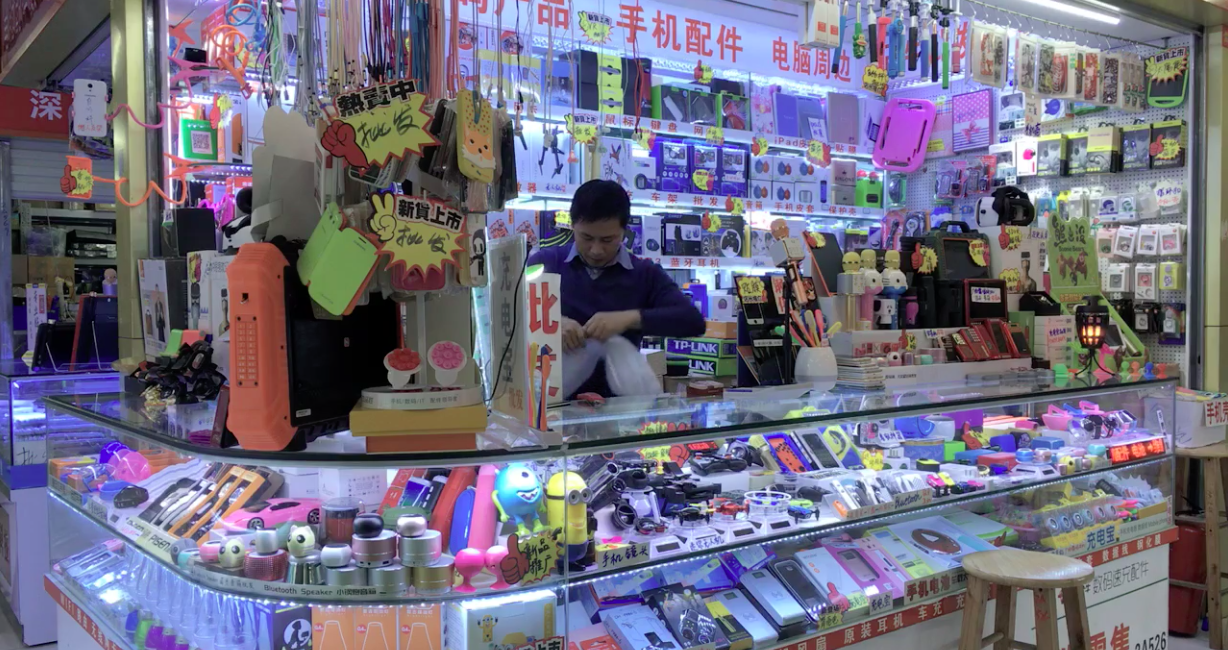
The construct can be deliberately deconstructed, for a result that’s ultimately the same. In New York, an Instagram account that posts runway images next to look-a-likes from the past is on everyone’s lips. ‘Ppl knocking each other off lol,’ its bio reads. Gucci hires the account to unpack the references in its latest collection. The brand collaborates with a graffiti artist, who had spent years riffing on its logo without permission. It hires Dapper Dan, the 1980s Harlem counterfeiter widely respected for his artistic ability, after controversy ensues when the company references his designs without credit. It makes a bag that misspells its own name as ‘GUCCY.’
One day at New China Plaza, I spot what appears to be a copy of a copy of a copy: a Gucci sweater for $15, whose spray-paint logos were the result of Gucci’s own collaboration with an appropriation artist. I talk to my translator about it at length; we use words like appropriation, recursive, mimesis.
The young woman vendor is uninterested. She doesn’t know the story of the sweater she’s selling, but it doesn’t matter. ‘It sells well,’ she says.
Raquel Sanchez Montes, an expat stylist in Guangzhou, is titillated by the phenomenon of misspellings on fake goods, and has been making work about it longer than Gucci. In a recent photo shoot of hers, two models sport T-shirts she found in local markets: Empdridarmani, Andersson Wang and Mscohino.
There’s a difference between these shirts and an imitation Céline bag, she explains. ‘They’re funny fakes! They’re creative. It’s not someone who wears something you know they can’t afford, pretending to be something they’re not.’
I realise this is a line of thinking I’ve followed, too, in choosing, when asked about my own real-seeming fakes, to boast unabashedly about their provenance. Self-awareness creates distance between us and what we’re wearing. It makes us feel smarter than our clothing, because we are able to rewrite its significance. Which is ultimately fine – but not really different from wearing a fake bag to seem richer. Or a real bag, to seem generous. Or one set of glasses to appear discreet, and another one to look feral. Or a white T-shirt in which you hope to confront the world as a blank slate, even when you know such neutrality will never be possible.
It’s all pretending, whether or not the clothes are fake.
The reporting for this article was made possible with the generous support of Tasha Liu and Labelhood Shanghai.
Alice Hines is Vestoj’s online editor.
DISNOVATION.ORG is a working group based in Paris, at the crossroads of contemporary art, research and hacking. It is composed of artist Nicolas Maigret, graphic designer Maria Roszkowska, artist and researcher Clément Renaud and designer Hongyuan Qu.
This article was originally published in Vestoj: On Authenticity, available for purchase here.
China exported $175 billion in clothing in 2015, according to the World Trade Organization; the next biggest exporter was the E.U. at $112 billion. In 2016, Guangdong accounted for 21.1% of China’s garment production. See: www.wto.org/english/res_e/statis_e/
wts2016_e/wts2016_e.pdf and news.efu.com.cn/newsview-1219680-1.html ↩See: www.haiguan.info/newsinfor/ macroscopicaanalysedetail.aspx?id=1289 and www.gdstats.gov.cn/tjsj/gy/zycpcl/201702/ ↩
P.C. Perdue, Rise and Fall of the Canton Trade System, Massachusetts Institute of Technology Visualizing Cultures, © 2009. ↩
The registration process, meanwhile, can take over a year. See: Chinese Intellectual Property and Technology Laws, ed. R Kariyawasam, p. 25 – 40; 46 ↩
‘Trade in Counterfeit and Pirated Goods: Mapping the Economic Impact,’ Organisation for Economic Co-operation and Development, April, 2016. www.oecd.org/industry/global-trade-infake-goods-worth-nearly-halfa-trillion-dollars-a-year.htm ↩
